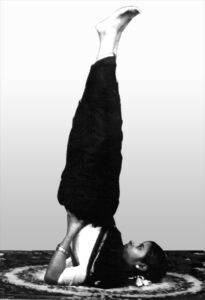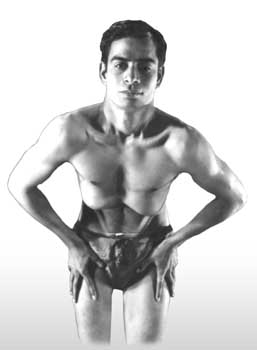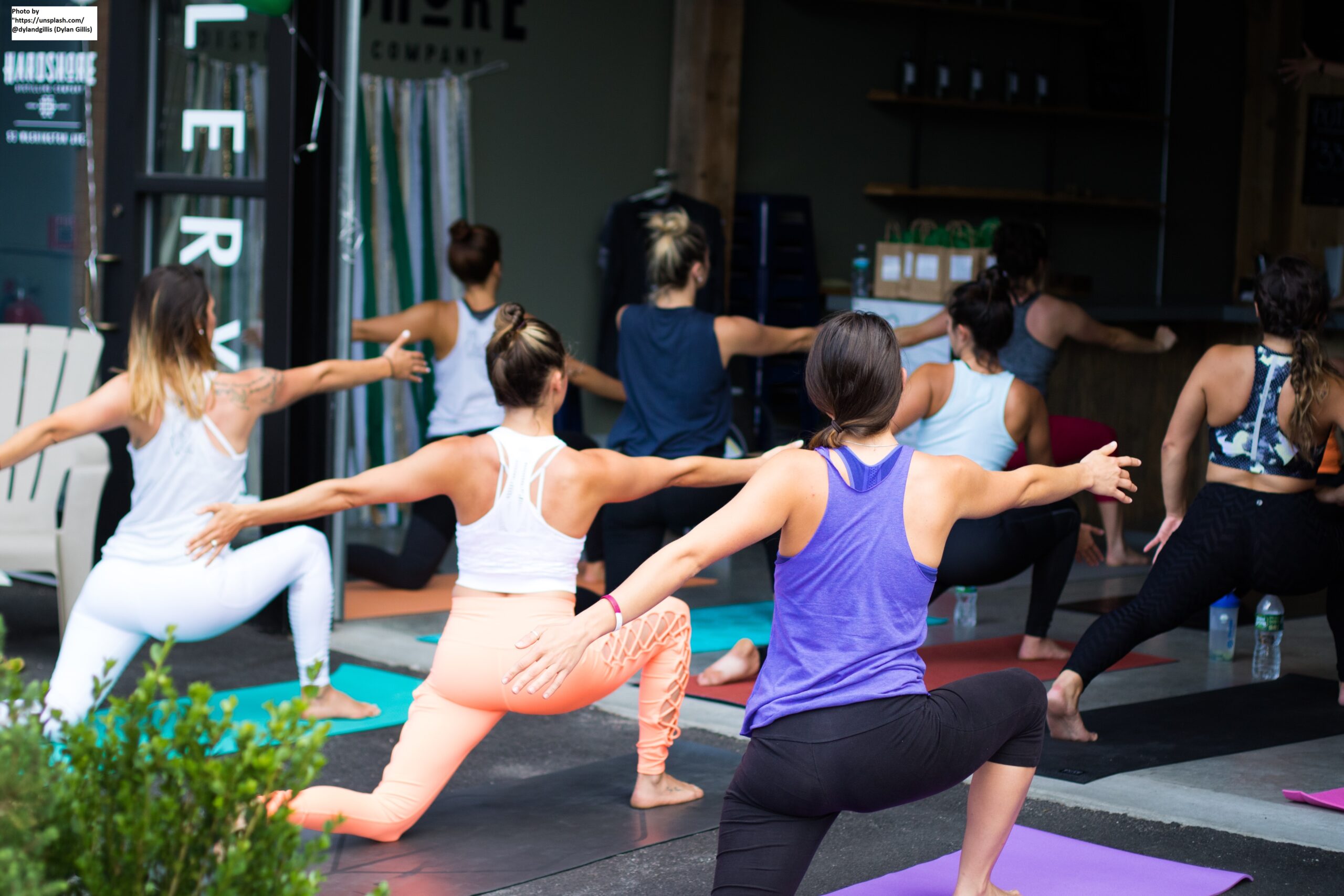Post By: Vishwanath Iyer Published on: December 24, 2016 Reading time: 5 minutes

Smt. Sarada Krishnan demonstrating sarvangāsana in a sarī
Āsana practice activates specific areas of the body by directing blood flow to the affected area when the āsana is performed. As a result, āsana brings increased rejuvenation of the area resulting in increased energy levels.
There are two options for performing āsana – morning and evening. Āsanas performed in the evening are less grueling, as the body has undergone the rigors of the day and is already pliable. However, in the evening, the emotional and intellectual energies are run down which results in lower awareness during exercises. Also, very often, not enough time has elapsed since the last meal. Āsanas (exercises) induce peristalsis, forcing undigested food though the intestines, reducing absorption of nutrients. In certain cases, where the meal has been heavy, or the gap less than four hours, resistance from a full stomach could induce stomach cramps.
Āsanas activate specific areas of the body by directing blood flow to the area, when āsana are performed resulting in rejuvenation of the focus area. When āsana are performed in the morning, there is actually an increase in energy levels due to the optimisation of various body systems. However, the mind and body are rested, but stiff after sleep, in the morning. Āsanas can be painful when starting but with exercising, the organs fire up, loosen and begin flexing. The stomach and intestines are empty and offer no resistance to bending and stretching actions. A vigorous peristalsis action actually assists in evacuation of waste matter from the outer colon and rectum.

Yogacharya Sundaram demonstrating uḍḍīyana bandha
Āsanas can be done in the morning are recommended, though schedules may force people to exercise in the evening. However, it is most important that the same time be maintained every day. This ensures that the system gets acclimatized to a routine and overcomes lethargy.
It is also important to recognise the difference between āsana, bandā and kriyā. Āsana is a static pose, while bandā is a holding pose and kriyā is a dynamic pose. Examples of bandā are uḍḍīyana, while nauli and sūryanamaskāra are kriyā exercises.
All yield different benefits, and need to be practiced.
All forms of exercises give us an opportunity to increase the oxygen content in the body, remove toxins and stress and harmonise with the environment, thereby increasing one’s awareness of the environment (prajñā). Therefore, a tranquil and peaceful environment is very important when exercising. Therefore, it is recommended that the exercise be performed in any place that has plenty of fresh air and quiet.

Wear clothes that allow stretching and do not run or fall when stretching or bending. Clothes should breathe and absorb sweat. Men are advised to wear athletic supporters. Both men and women should wear well-fitting inner-wear to prevent injury during exercise. If one prefers going to classes for the sake of regularity and discipline, it is advisable that one wears appropriate clothing.
Diet is absolutely vital to realise the full potential of the exercises. Eating the right food ensures absorption of essential ingredients and optimisation of the senses. Eat to stay within your weight range.
It is important to start exercises after the lapse of at least 4 hours after consumption of solid food, 1 hour after consumption of liquid food such as milk or juice and 20 minutes after drinking water.
The reason for this recommendation is that food takes roughly 4-6 hours to completely move out of the digestive system. The process of digestion begins with chewing of food and finishes with the absorption of nutrients in small intestine. Vigorous exercise induces peristalsis or pulsing of the intestine, which results in the food hurrying through the intestine without nutrients getting completely absorbed. Also, the presence of food in the digestive system acts like a resistor to bending and stretching. This acts in various ways; it can stop the full movement of the diaphragm thereby impeding full ingestion of air or induce sprains and cramps when the body is stretched/bent.

Yoga is great for building this reservoir so that homeostasis is recovered quickly when there is any illness.
When performing āsana, it is important to try and stay close to the condition of homeostasis. The reason is that the muscles and internal organs should not experience stress during exercise to maximise blood flow and movement of the tissue resulting in rejuvenation of the area.
Internal Links: Dharma (conditioning), Stress and Situational Awareness, Prana, Pranayama, Hatha Yoga Pradeepika,
External Links: Pancha Tattva, Pancha Prana, Pancha Kosha